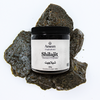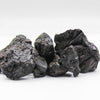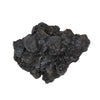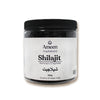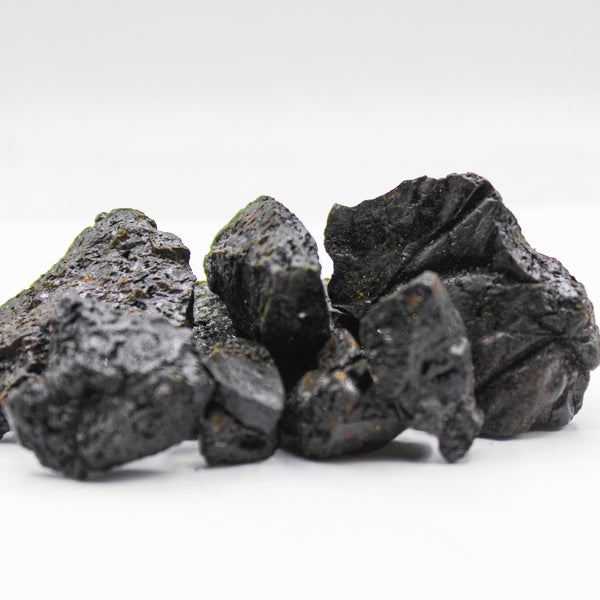Dried Shilajit, a rare and revered natural substance, emerges from the mineral-rich, high-altitude mountains of Asia. Esteemed in Ayurvedic and traditional wellness practices, this resinous compound is transformed into a dried form, offering a convenient and potent supplement. Its distinctive dark appearance and earthy flavor underscore its unique heritage and utility in promoting holistic well-being.
Characteristics and Composition of Shilajit
Shilajit is renowned for its:
- Nutrient Density: Composed of humic substances, fulvic acid, and an array of trace minerals.
- Adaptogenic Properties: Believed to support the body’s ability to adapt to stress and promote vitality.
- Versatility: Available in various forms, including powders, capsules, and resin, making it adaptable for diverse wellness routines.
Uses and Applications of Dried Shilajit
Traditional Wellness:
- Rejuvenation: Long associated with revitalization and energy enhancement in Ayurvedic traditions.
- Vitality Support: Incorporated into herbal formulations aimed at promoting overall strength and endurance.
Culinary Creativity:
- Flavor Enhancer: Adds depth and complexity to select dishes with its rich, earthy undertones.
- Unique Ingredient: Infuses traditional and experimental recipes with an unconventional layer of sophistication.
Why Choose Dried Shilajit?
- Historical Significance: A cornerstone of Ayurvedic medicine with centuries of trusted use.
- Multifaceted Benefits: Adaptable for both wellness and culinary exploration.
- High-Quality Origins: Harvested from pristine mountainous regions to ensure purity and potency.
Botanical and Cultural Significance
Botanical Name: Asphaltum
Common Names:
- English: Mineral Pitch, Shilajit
- Hindi: शिलाजीत (Shilajit)
- Persian: دارو بی (Darobi)
- Russian: Мумие (Mumiyo)
- Tibetan: བྲག་གཞུང་ (Brag Zhun)
- Other: Moomiyo, Salajeet, Shilajatu, Shargai, Barahshin, Chao-tong, Girji

